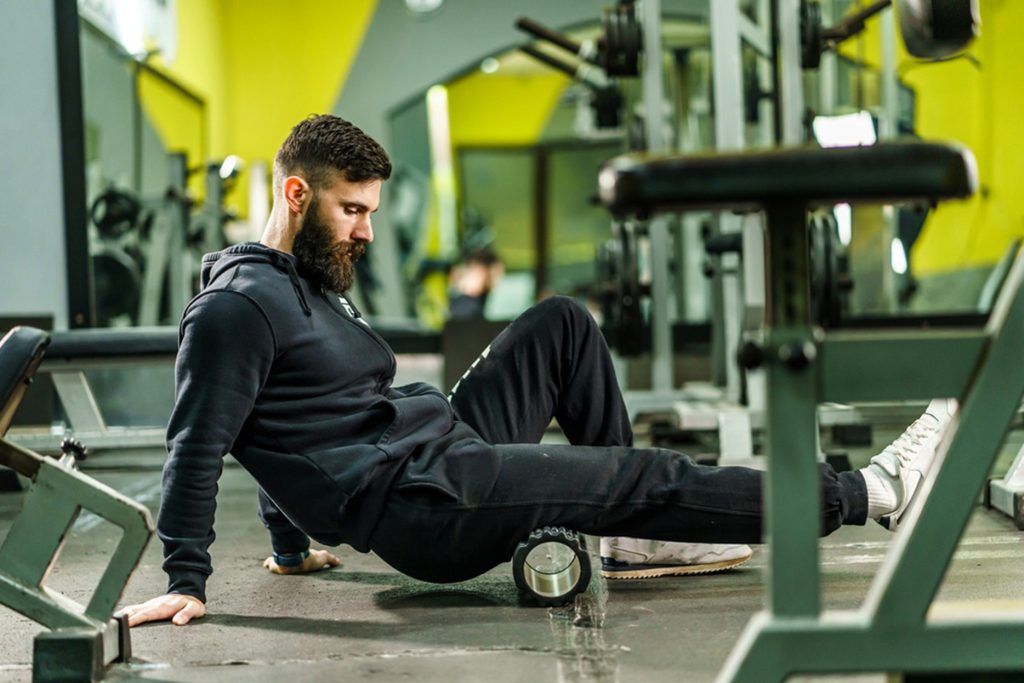7 Ways to Recover Your Muscles After a Workout
Muscle recovery is a crucial yet often overlooked aspect of any fitness routine. While many focus on pushing themselves to the limit during workouts, prioritizing recovery time is equally important to allow the muscles to repair and rebuild themselves. In this article, we’ll explore the science behind muscle recovery and provide practical tips on maximizing the recovery process. From the benefits of using blankets to help with recovery to the importance of nutrition and hydration, we’ll cover everything you need to know to recover more effectively from workouts. By taking the time to prioritize muscle recovery, you can build strength, improve performance and prevent injury in the long run.
Table of Contents
Tip #1: High-Quality Sleep
Getting high-quality sleep is essential for muscle recovery. During sleep, our bodies release growth hormones that stimulate muscle repair and growth, making it a vital time for recovery. However, not all sleep is created equal, and getting enough quality sleep can be challenging for many people.
To optimize your sleep for muscle recovery, consider investing in a cooling weighted blanket. These blankets are designed to provide gentle pressure and temperature control, promoting relaxation and better sleep quality. Other tips for improving sleep include maintaining a consistent sleep schedule, avoiding electronics before bed and creating a relaxing sleep environment. By prioritizing high-quality sleep, you can enhance muscle recovery and improve overall fitness performance.
Tip #2: Epsom Salt Bath
Epsom salt baths are a popular and effective way to promote muscle recovery and relaxation. Epsom salt, or magnesium sulfate, is a natural muscle relaxant to help alleviate soreness and inflammation after a workout. According to a study by the American College of Healthcare Sciences, Epsom salt baths can also improve sleep quality and reduce stress, resulting in better recovery.
To properly measure Epsom salts for your bath, fill your bathtub with warm water. Then, add two cups of Epsom salt for a standard tub (42 gallons). Stir the water until the salts are fully dissolved and then soak in the bath for 15 to 20 minutes. Consider adding essential oils or soothing music to your bath routine for added relaxation. By incorporating Epsom salt baths into your recovery plan, you can enjoy the benefits of enhanced muscle recovery and relaxation.
Tip #3: Stretching
Stretching before and after a workout is a critical component of muscle recovery. It can help reduce muscle soreness and stiffness, improve flexibility and prevent injury. According to a study by the National Strength and Conditioning Association, incorporating static stretching into your post-workout routine can be particularly effective in reducing soreness. Examples of effective stretches include hamstring stretches, quadriceps stretches and calf stretches. It’s also important to include dynamic stretches that involve movement, such as lunges and leg swings.
Tip #4: Hydrate with Electrolytes
Hydration with electrolytes is crucial for muscle recovery as it helps restore fluids and minerals lost during exercise. Electrolytes are minerals such as sodium, potassium and magnesium that help regulate fluid balance in the body. Drinking fluids with electrolytes can help reduce muscle cramps, improve performance and speed up recovery time.
Some healthy drinks rich in electrolytes include coconut water, sports drinks and fruit juices. It’s important to avoid sugary and caffeinated drinks, which can dehydrate the body. You can support your muscle recovery and optimize your fitness performance by prioritizing hydration with electrolytes.

Tip #5: Fuel Your Body with Protein
Protein is essential for muscle recovery and growth, providing the building blocks necessary to repair and strengthen muscle tissue. According to a study by the American College of Sports Medicine, consuming protein after a workout can enhance muscle recovery and promote muscle protein synthesis.
Protein-rich foods and snacks to include in your post-workout routine include chicken, fish, eggs, beans and Greek yogurt. Consuming protein within 30 minutes of your workout is also important to maximize its benefits. By prioritizing protein in your diet, you can support muscle recovery and improve your overall fitness performance.
Tip #6: Contrast Therapy
Contrast therapy is a technique that involves alternating between hot and cold temperatures to help improve muscle recovery. According to a study by the American Journal of Physical Medicine and Rehabilitation, contrast therapy can help reduce muscle soreness, improve muscle function and increase range of motion.
To perform contrast therapy at home, start by applying heat to the affected area using an infrared sauna blanket or a warm compress for three to five minutes. Then, switch to a cold compress or ice pack for one to two minutes. Repeat this cycle three to four times, ending with a cold compress. Using an infrared sauna blanket for the heat portion of contrast therapy can enhance the benefits of this technique and improve your muscle recovery.
Tip #7: Get a Massage or Self-Massage with a Foam Roller
Massage therapy can be an effective way to promote muscle recovery after a workout. According to a study by the National Center for Complementary and Integrative Health, massage therapy can help reduce muscle soreness, improve range of motion and increase blood flow to the affected area.
While professional massage therapy can be costly, self-massaging using a foam roller can be a cost-effective alternative. To perform a self-massage using a foam roller, start by applying pressure to the affected area using the roller and then slowly roll back and forth over the muscle for one to two minutes. Repeat this process for each muscle group, focusing on areas of tightness or soreness.

Final Thoughts on Post-Workout Muscle Recovery
It is essential to prioritize post-workout recovery in any fitness routine. Promoting muscle recovery can help prevent injuries, reduce soreness and improve overall performance. From incorporating stretching and massage into your routine to hydrating with electrolyte-rich drinks and using contrast therapy, there are many effective strategies for enhancing muscle recovery. By implementing these tips into your daily life, you can optimize your fitness progress and achieve your goals more efficiently.

